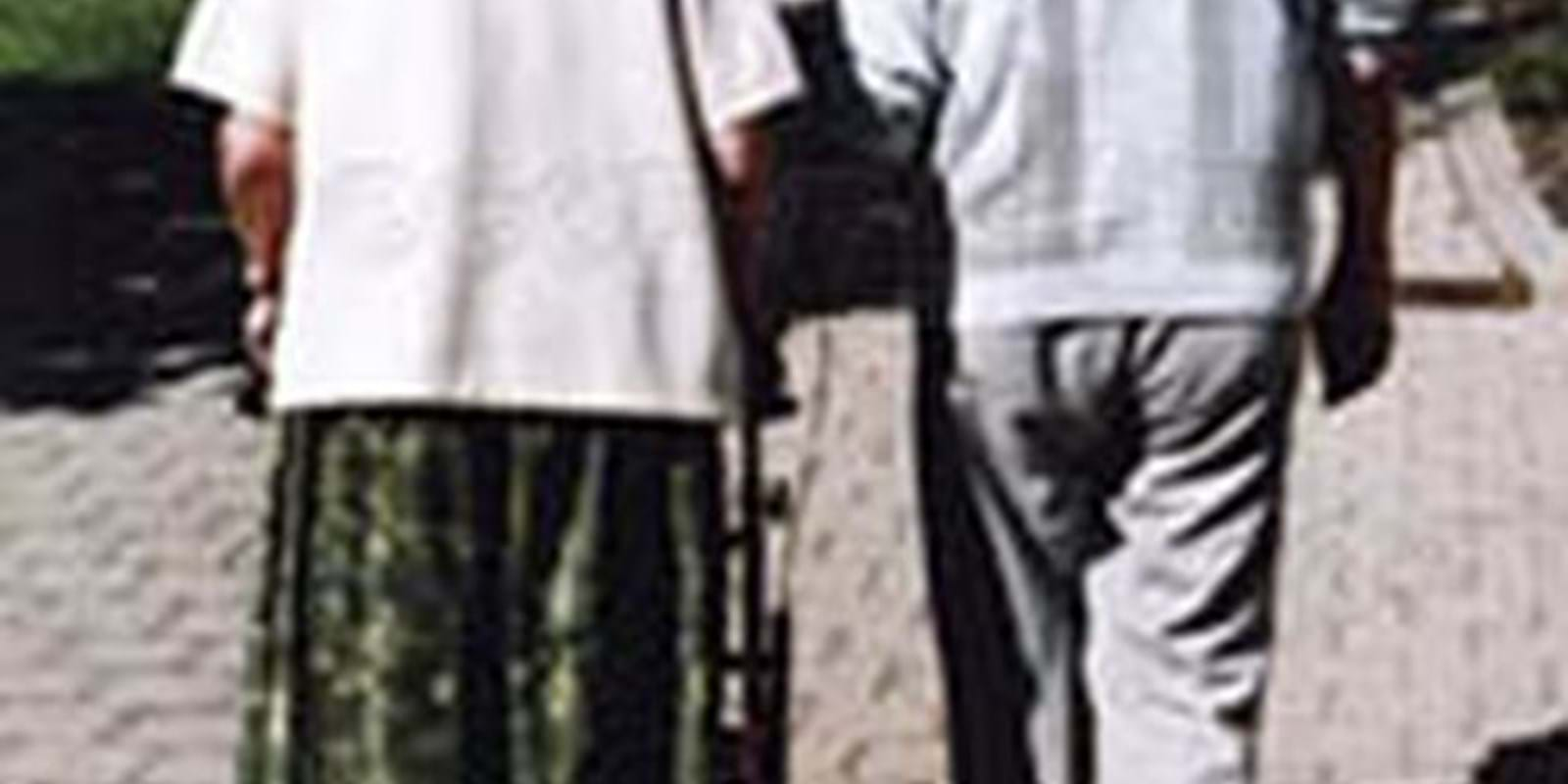The vacancy rate for seniors’ residences decreased modestly over the past year in Quebec, Ontario and British Columbia, according to the regional Seniors’ Housing Reportsreleased by Canada Mortgage and Housing Corporation (CMHC).
Our survey distinguishes between two types of spaces: standard and non-standard spaces. Standard spaces, also referred to as independent living, are those occupied by a resident paying market rent and who does not receive 1.5 or more hours of care per day. A non-standard space is one in which the residents are receiving at least 1.5 hours of care per day, spaces being used for respite and non-market spaces.
Given the unique nature of the seniors’ residence markets across the country due to differences in provincial regulations, CMHC produces six provincial reports and one report for the Atlantic Provinces. This release highlights key storylines in Quebec, Ontario and British Columbia where seniors’ housing markets are most prominent.
Highlights
Quebec
- The vacancy rate in standard spaces dropped to 6.2% in 2017 from 6.8% in 2016 while that of non-standard spaces also dropped to 5.0% from 5.5% over the same period.
- The capture rate dipped slightly to 17.9%.
- The average rent for standard spaces stood at $1,678 per month while heavy care spaces rent climbed 6% to $3,200 per month.
Ontario
- The vacancy rate for standard spaces dropped to 10.4% in 2017, its lowest level since 2009, while the vacancy rate for all spaces declined to 10.3%, its lowest point since 2001.
- Total supply of seniors’ housing grew by 2.4% to 57,663 spaces in 2017, slower than the 2.9% growth rate for the population aged 75 years and older.
- The average rent for a standard space increased by less than 1% to $3,526.
British Columbia
- A growing seniors population in British Columbia supports increasing demand for seniors’ housing.
- The number of independent living spaces in British Columbia increased by approximately 500 units this year, compared with 2016.
- The overall vacancy rate for independent living spaces in seniors’ residences in British Columbia was 4.5 per cent this year, a decline of nearly two percentage points, compared with 2016.
In order to access future Market Analysis Centre publications from CMHC, please subscribe to Housing Observer Online.

